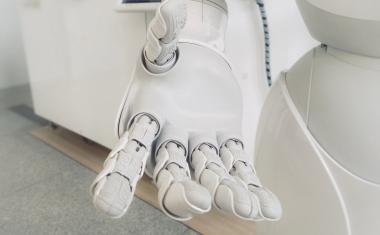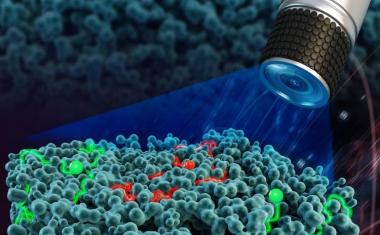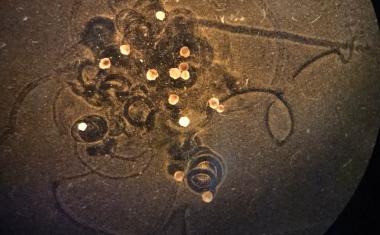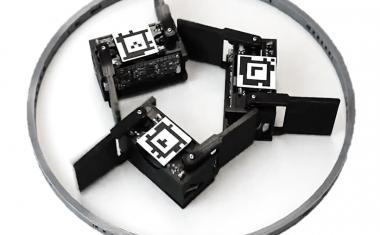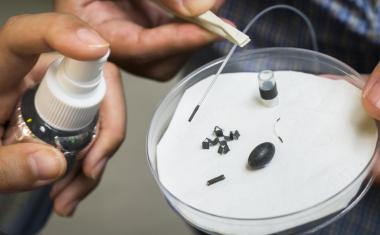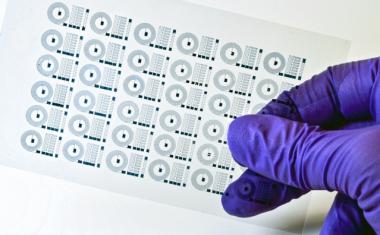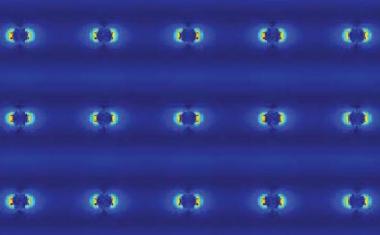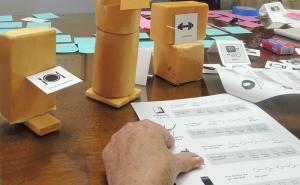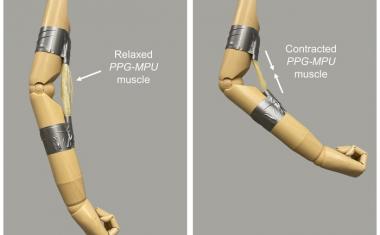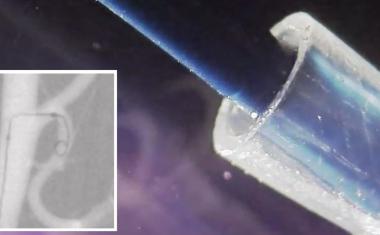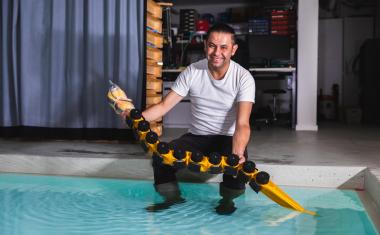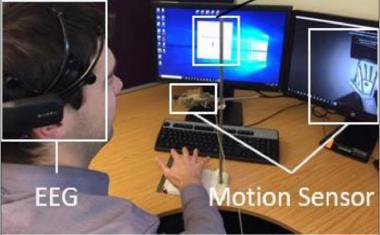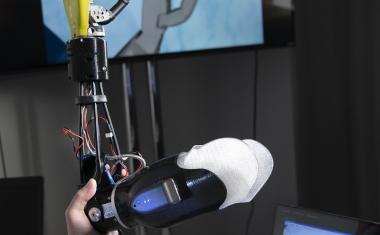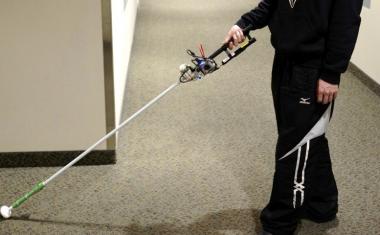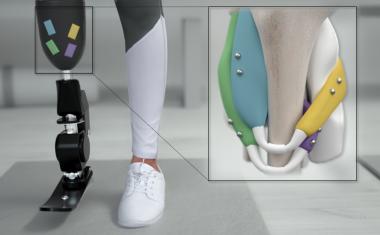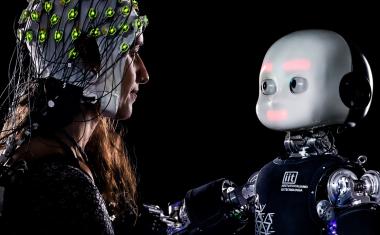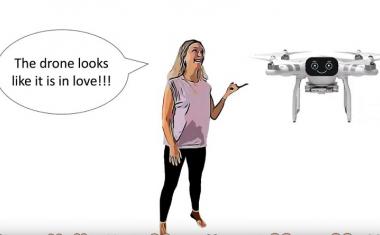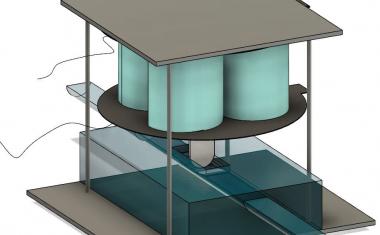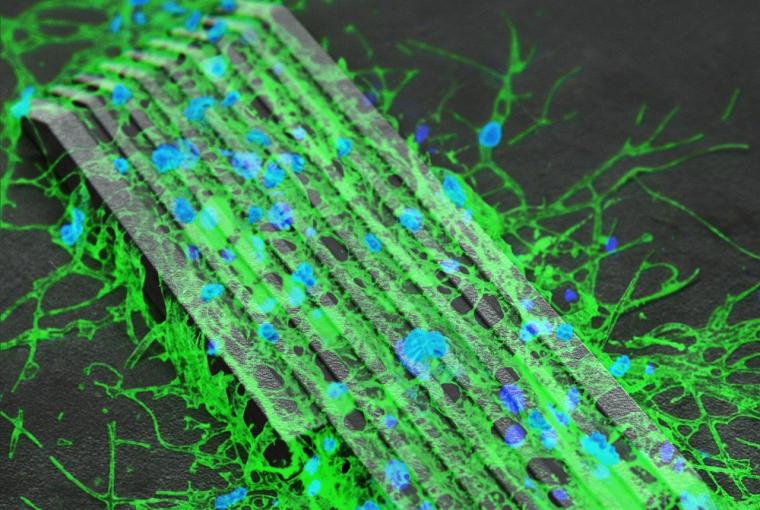
A microrobot for brain disease research
Researchers at Daegu Gyeongbuk Institute of Science and Technology (DGIST) have developed a neural cell delivery microrobot that connects neural networks by accurately delivering neurons to the intended locations under the in vitro environment. The development is expected to play a significant role in future research of various nervous-system-related diseases, such as dementia, epilepsy, and other severe brain diseases.
Research onmicrorobottechnology for the treatment of humantissuesthat makes drug treatment andsurgeries可能目前攻击力ention. Microrobots can accurately deliver neural cells without wasting cells or drugs since they are controlled through wireless control using external magnetic fields. Professor Hongsoo Choi and his team from the department of Robotics Engineering succeeded in developing a platform that makes neuron delivery and neural network connection possible by using these advantages of microrobots.
The research team produced a microrobot with a length of 300µm using the 3D laserlithographyprocess and created a groove of 5-µm patterns on the robot body to cultivate neurons. The structures underwent a metal deposition process of nickel and titanium oxide thin films for magnetic field driving and biocompatibility.
To verify the connecting ability of the microrobot to the neural network, the research team separated and cultivated hippocampal neurons independently on a microelectrode array (MEA), which is a measuring system for electric signals generated by neurons. After cultivating hippocampal neurons on the microrobot body, they moved the microrobot to connect the hippocampal neurons on the chip. The microrobot carrying neurons moved quickly to interconnect neurons and checked electric signals exchanged between neurons. The research team confirmed for the first time that neural networks of a desired pattern can be connected through this process and proved the possibility of analyzing physiological functions by connecting many neurons.
Professor Choi said: “This research will be a breakthrough in analysis of functional biosignals for research of various nervous system diseases, because the microrobot can connect in vitro neurons in a desired pattern. We expect that the development will be applicable to various application studies based on the electrophysiological analysis of neurons.” He also revealed his plans, saying “We will make an effort to use this microrobot for various medical and engineering purposes through follow-up research.”
The research result was published inScience Advances.



